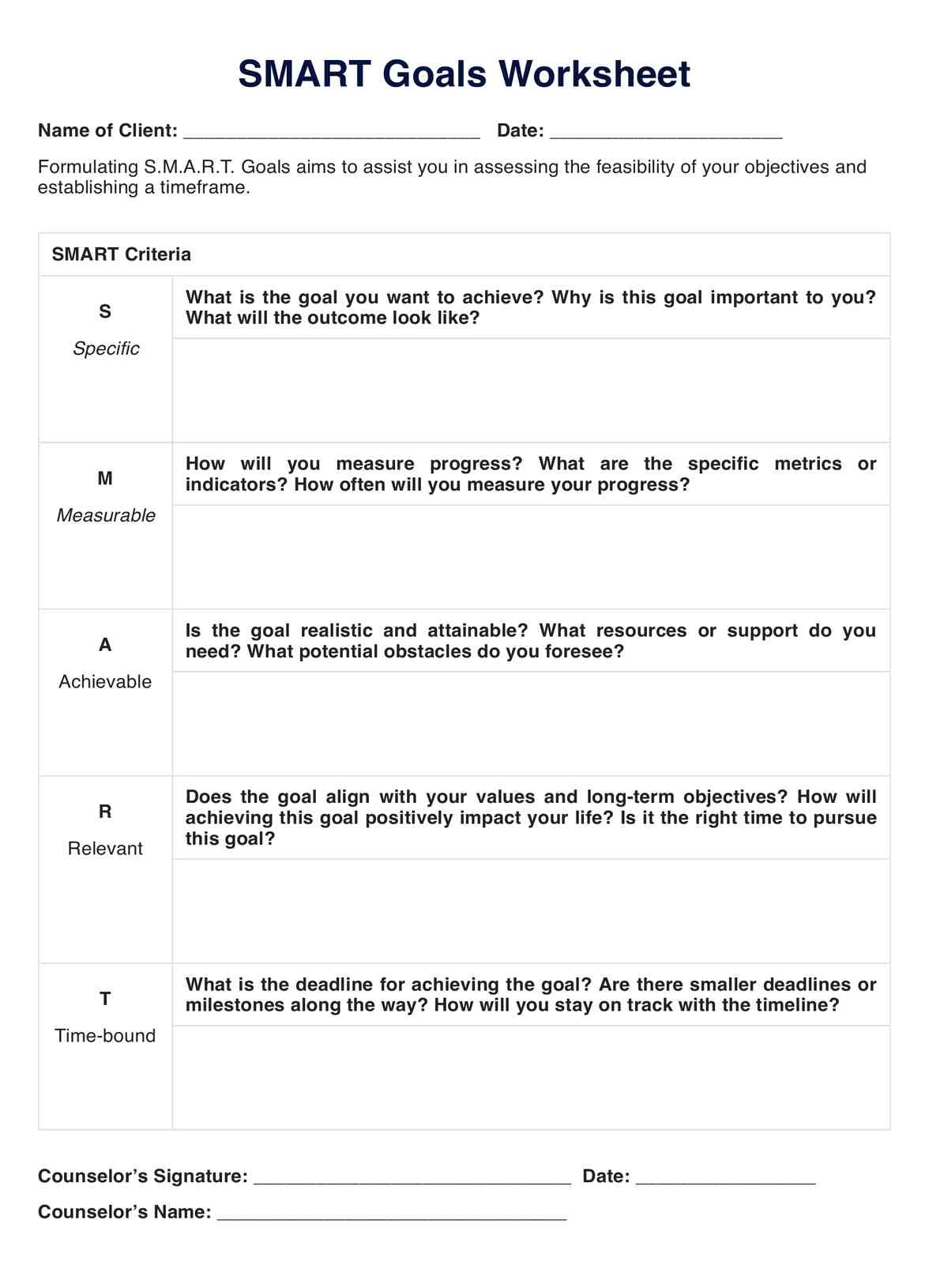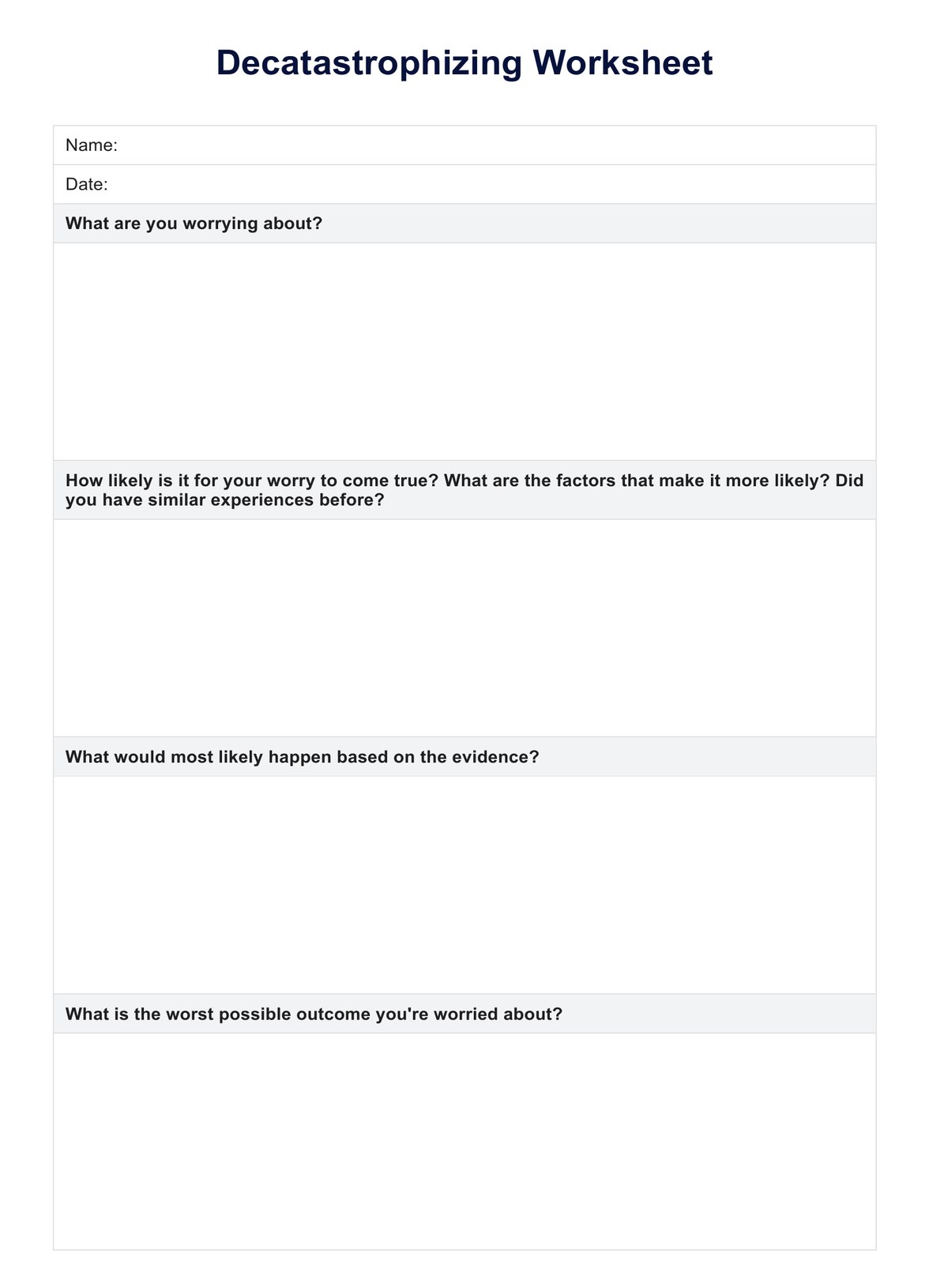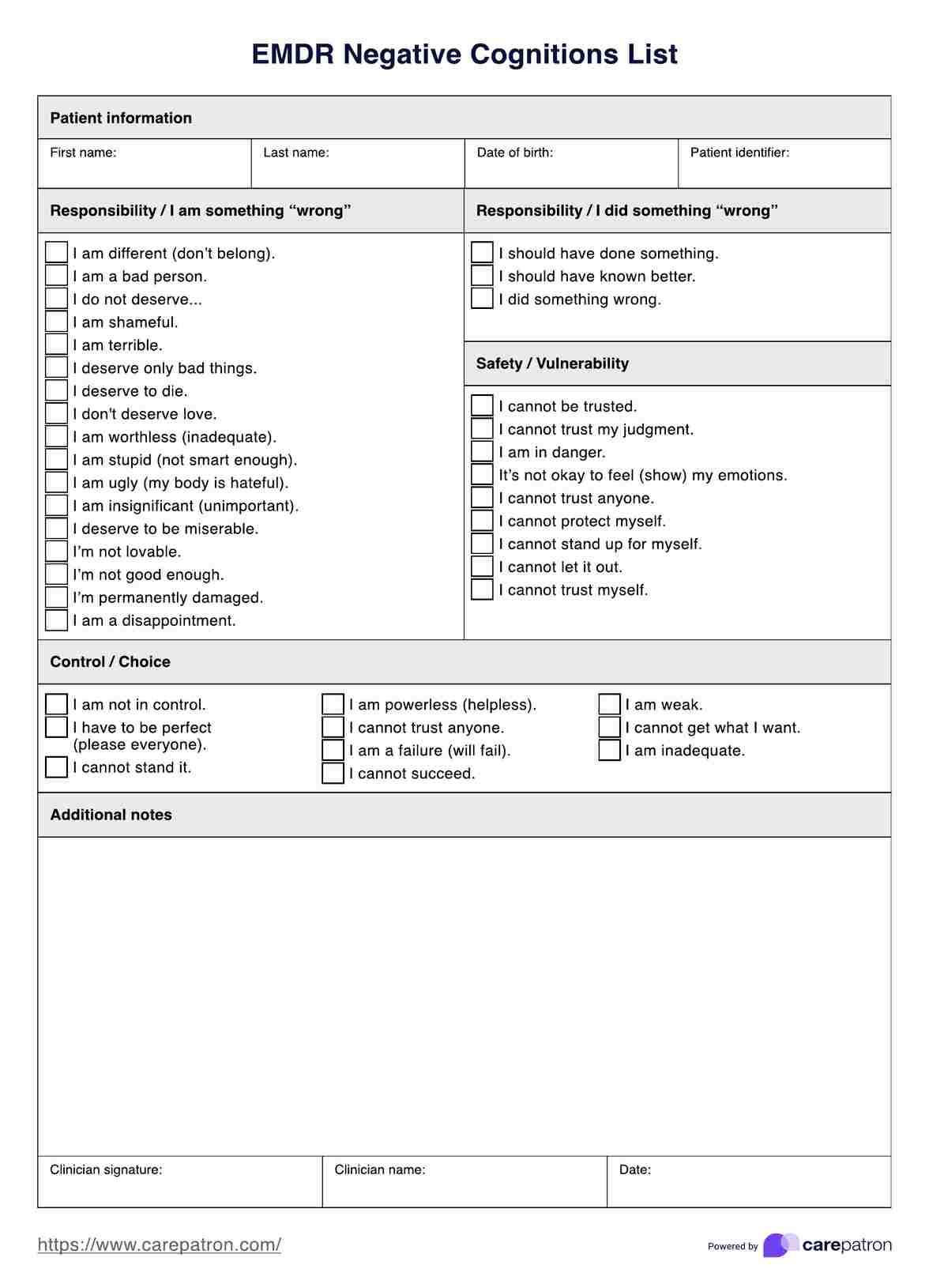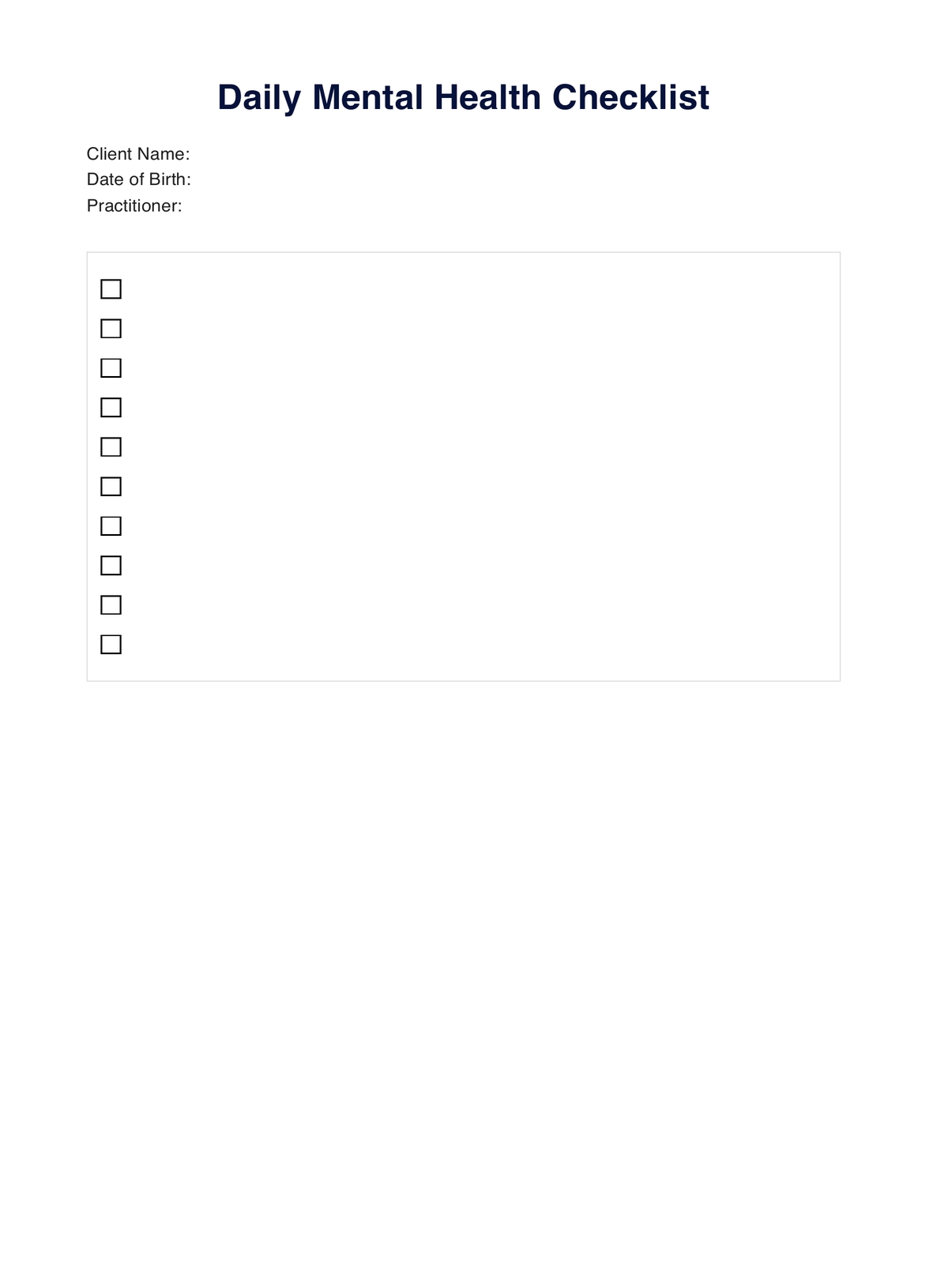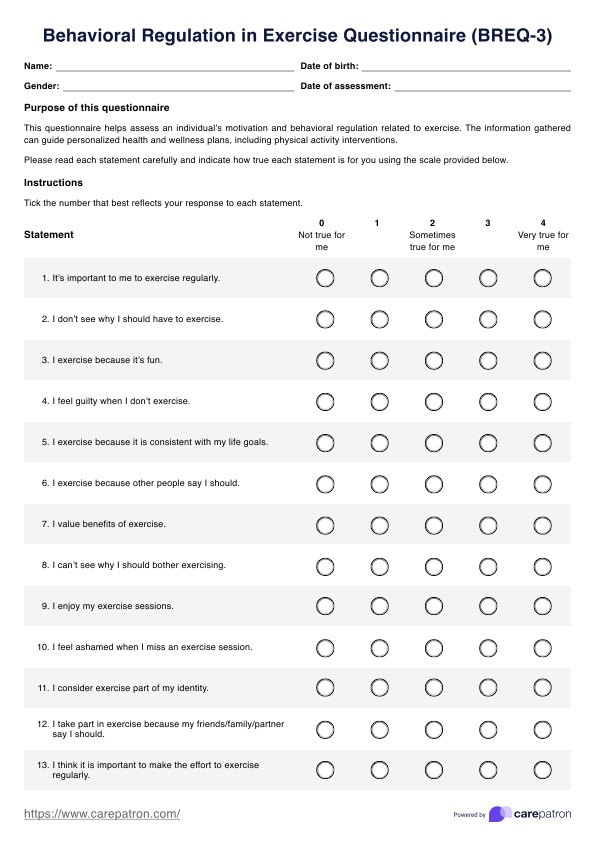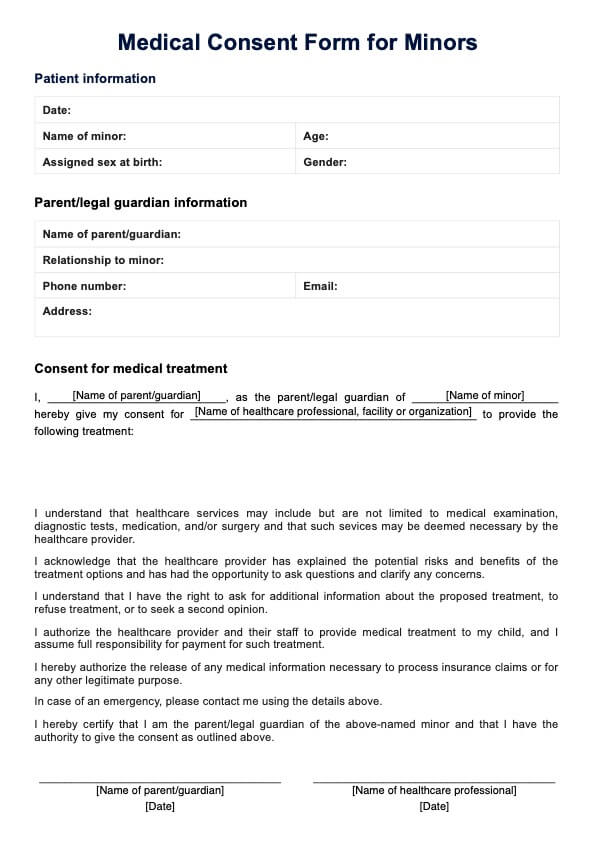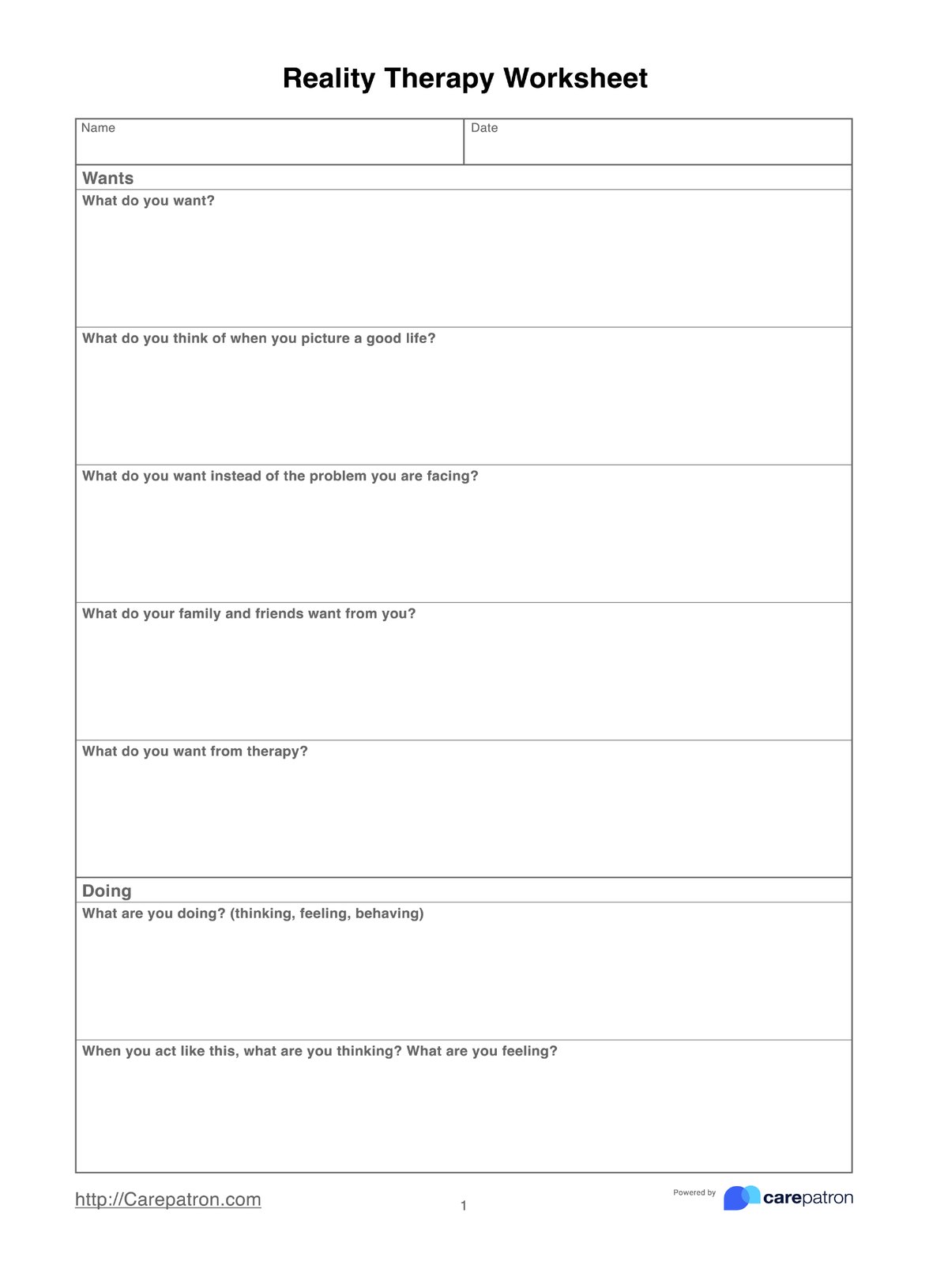Therapist Aid Worksheet
A thoughtful therapist aid worksheet that targets replacing negative thoughts, empowering patients to improve their clinical outcomes and quality of care.


What is a Therapist Aid Worksheet?
Therapist Aid Worksheets are valuable tools that enhance the therapeutic process, providing structure and focus for both practitioners and clients. These therapy resources serve as practical tools to reinforce concepts discussed in therapy sessions, encourage sel
Therapist Aid Worksheet Template
Therapist Aid Worksheet Example
Types of Therapist Aid Worksheets
Cognitive behavioral therapy (CBT) worksheets
CBT worksheets are designed to help clients identify and challenge negative thoughts, a core component of cognitive behavioral therapy. These tools often include sections for clients to record automatic thoughts, examine the evidence for and against these thoughts, and develop more balanced perspectives.
Anger management worksheets
Anger management worksheets assist clients in recognizing anger triggers, exploring underlying emotions, and developing healthier coping strategies. These resources often incorporate techniques such as deep breathing exercises and cognitive restructuring to help manage anger effectively.
Goal-setting worksheets
Goal-setting worksheets help clients articulate their aspirations and break them down into actionable steps. These tools often utilize the SMART (Specific, Measurable, Achievable, Relevant, Time-bound) framework to enhance goal clarity and motivation.
Routine-building worksheets
Routine-building worksheets aid clients in establishing healthy daily habits and structure. These resources often include time-blocking exercises and reflection prompts to help clients identify areas for improvement in their daily routines (Clear, 2018).
How to use our Therapist Aid Worksheets
Implementing these worksheets into your healthcare practice is extremely simple. Although some of these steps may be self-explanatory, following this guide will help you easily access, store, and utilize the worksheet.
Step 1: Access and save the template
Naturally, the first thing you need to do is access the Therapist Aid Worksheet. We have included a link to the resource further down on this page, and when you click on it, the worksheet will open in your device's PDF reader. The template is editable by simply clicking on the different sections, so you can make the relevant changes directly on your device or save it to be used later.
Step 2: Distribute the worksheet
It is a good idea to save the worksheet in an accessible location so that when you are treating a patient who will benefit from the document, you can distribute it easily. Although the worksheet can be completed over any period of time, we recommend distributing it to patients weekly to allow the process of challenging negative thoughts to become routine.
Step 3: Use the completed worksheet during your sessions
When a patient completes the worksheet, you should ask them to bring it into your next session so you can use it as a discussion point. These worksheets will highlight areas that the patient is perhaps having difficulty with, as well as demonstrate any improvement they may have made.
Step 4: Store the worksheet securely
Completed Therapist Aid Worksheets contain confidential information regarding a patient's health condition, and as such, they are protected by HIPAA guidelines. You need to ensure that you are storing the completed worksheets somewhere protected by electronic and physical safeguards to guarantee patient privacy at all times.
Who can use this printable Therapist Aid Worksheet (PDF)?
This worksheet has been designed to be primarily used by practitioners working in the mental health field. Some of the healthcare providers who will benefit from the resource include:
- Psychologists
- Mental Health Therapists
- Counselors
- Social Workers
- Occupational Therapists
Regarding patients, the worksheet is reasonably usable by any individual who is learning how to replace negative thoughts with positive ones. If you are a therapist specializing in treating children, you may find the worksheet suitable for those aged 12 and over.
Why is this form useful for therapists?
Our Therapist Aid Worksheet has varied uses for practitioners. Some of these uses include the following:
Saves time
Implementing this worksheet into your practice will help you to save time. The structure and layout have already been completed, so all you need to do is access and distribute the document. Utilizing tools that elevate the quality of care without adding significantly to your workload is important, and this worksheet aims to do just that.
Organization
The worksheet will also improve organization. While having access to documents, forms, and worksheets is highly useful, if these aren't stored properly, it can make the processes at your practice much more complicated. Because our worksheet can be stored, shared, and edited online, you won't have to worry about handling excess physical copies and can instead keep everything systematically organized.
Go paperless
This leads to the next point: how well these worksheets facilitate going paperless. While you can choose to print out a physical copy, we recommend keeping them stored online to reduce the number of documents you are handling and improve your organization.
Commonly asked questions
Frequency depends on the specific therapy plan and client needs, ranging from daily exercises to weekly reflections.
While many worksheets are based on evidence-based therapeutic approaches, verifying the source and ensuring they align with recognized therapeutic practices is important.
Select worksheets based on the client's treatment goals, current challenges, and readiness to engage with specific topics or exercises.

.webp)

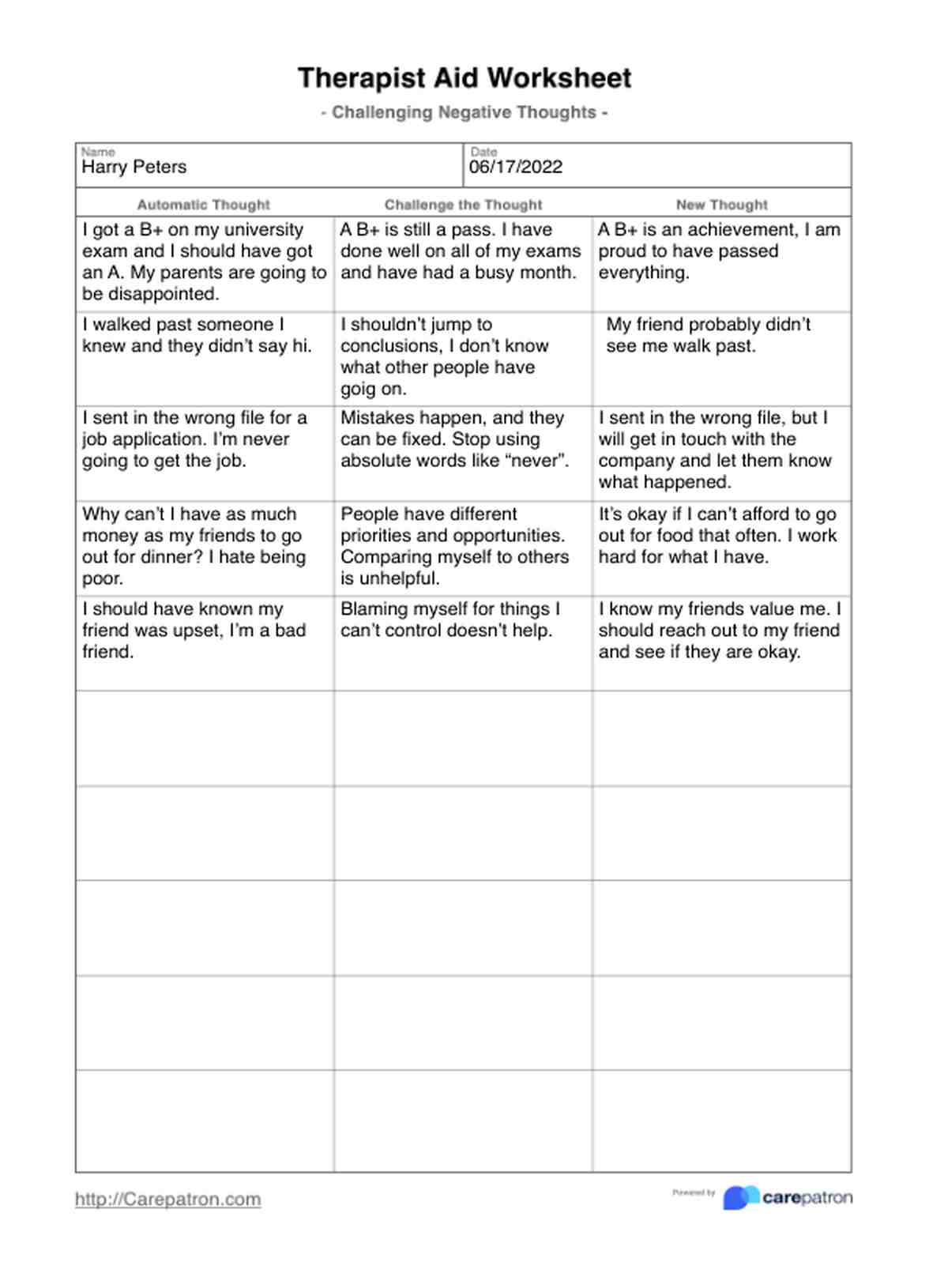














-template.jpg)






















































































